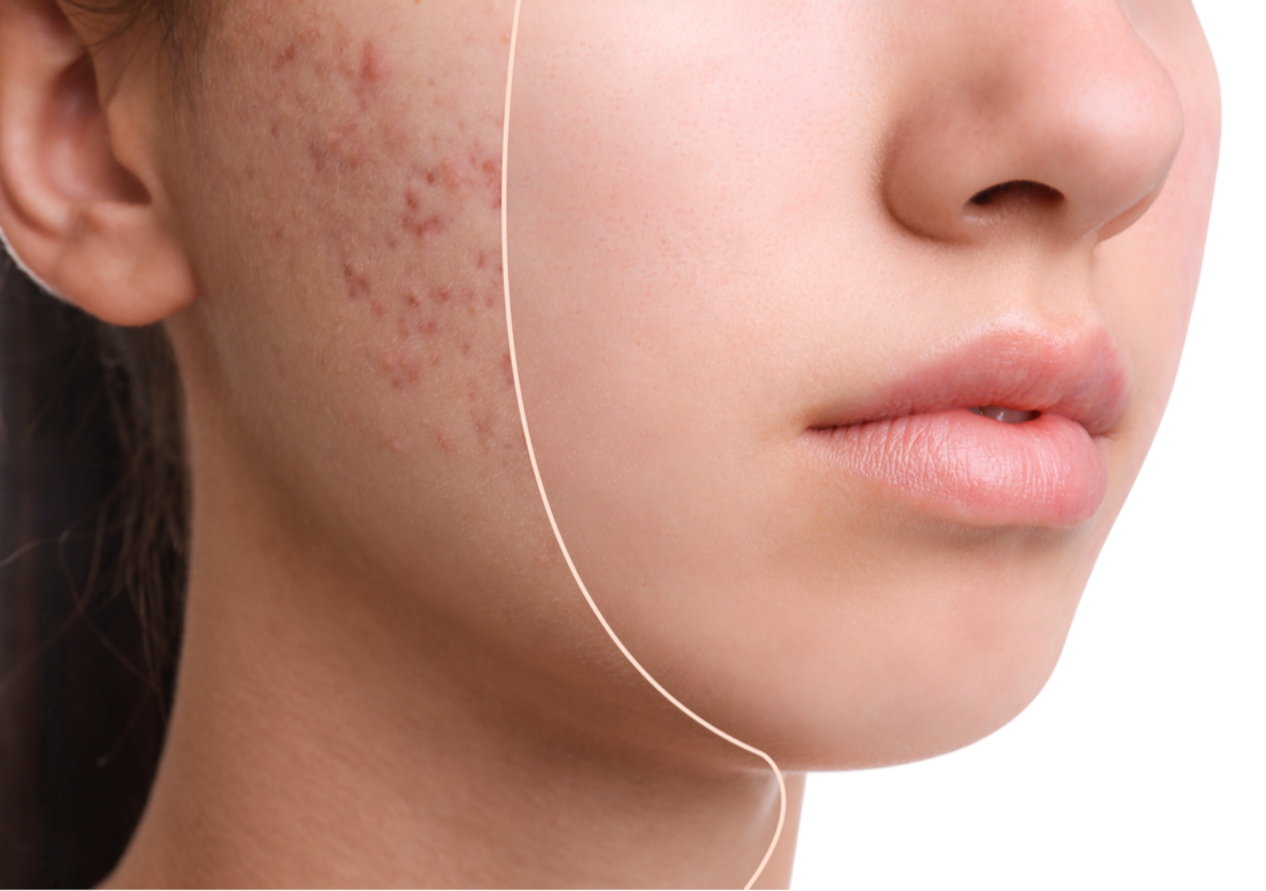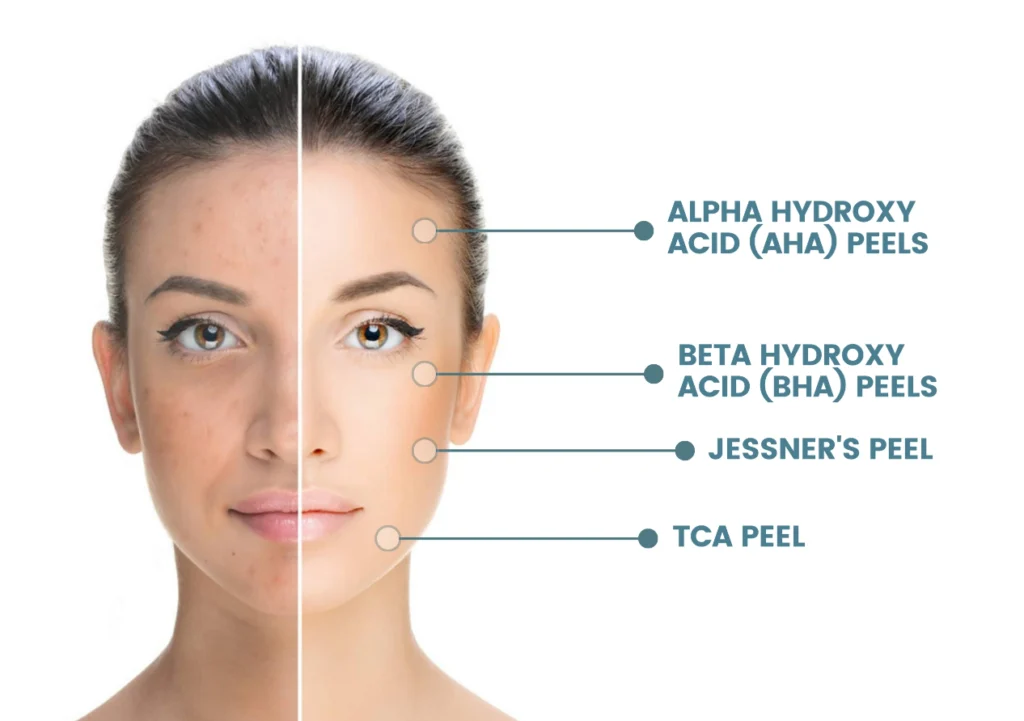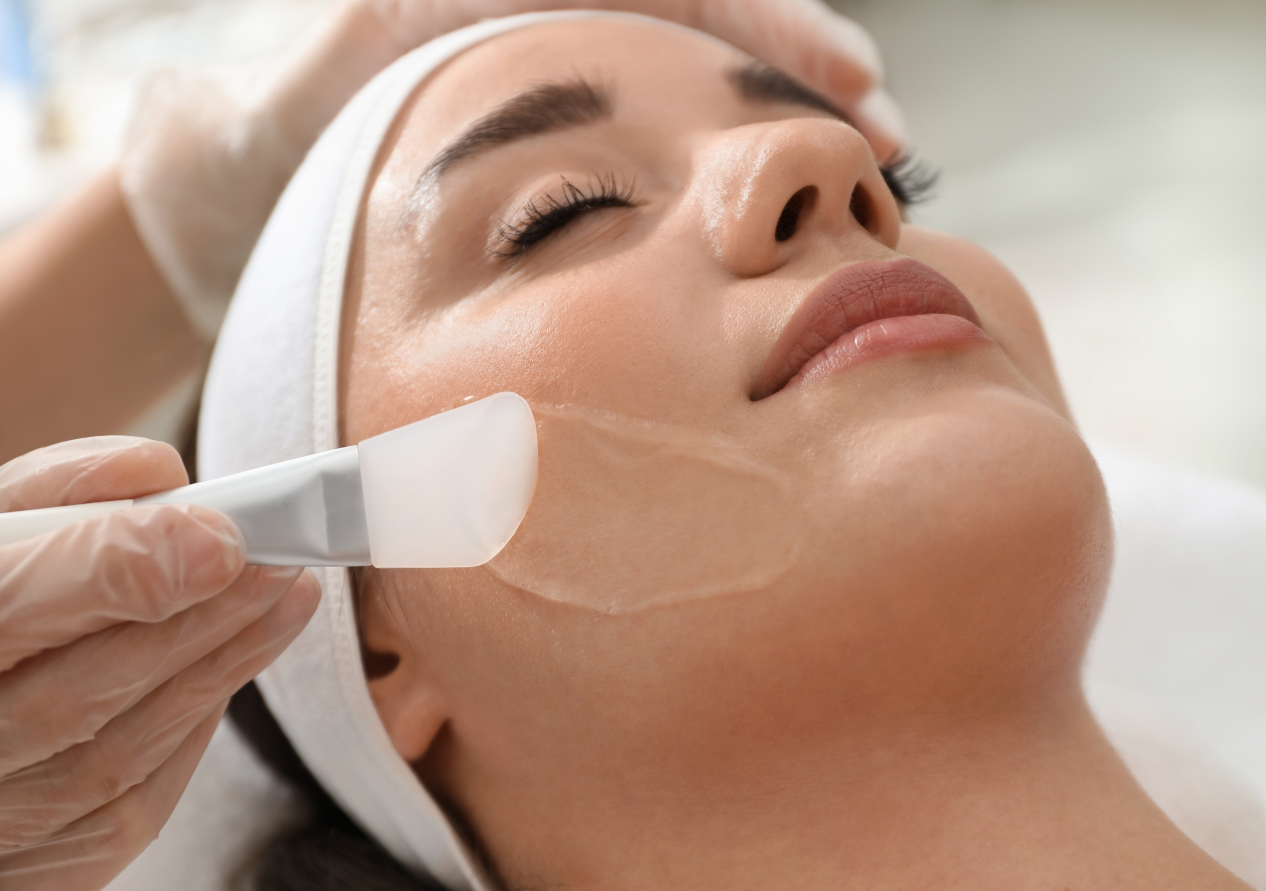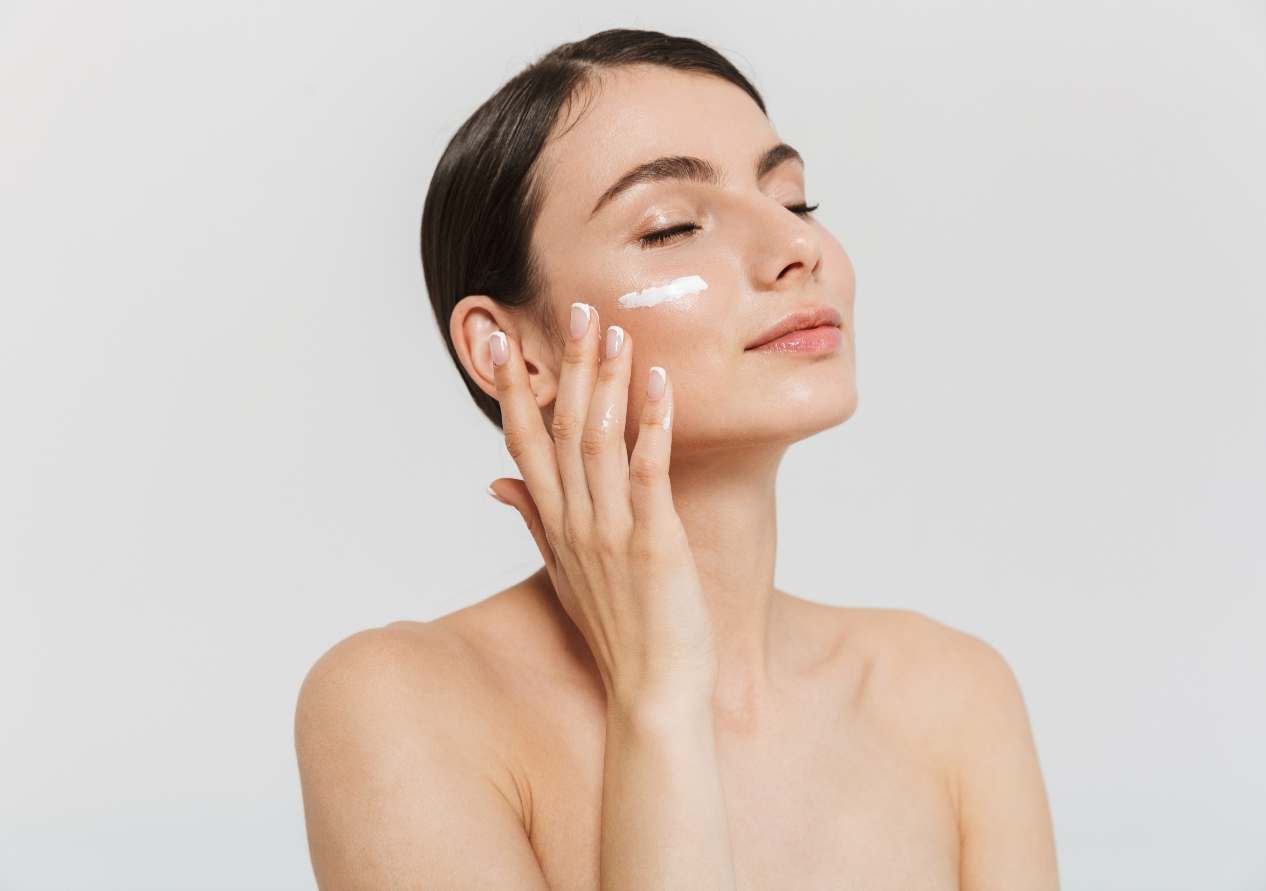
Scars can have a significant impact on our confidence and self-esteem. Luckily, face peels can be a game-changer in scar treatment. This comprehensive guide will walk you through everything you need to know about using face peels for scar treatment and how to effectively reduce the appearance of scars.
Face peels are a popular skincare treatment that helps to exfoliate the top layers of the skin, revealing fresh, healthy skin cells underneath. This exfoliation process can help to reduce the appearance of scars by promoting cell turnover and stimulating collagen production. By incorporating face peels into your skincare routine, you can see noticeable improvements in the texture, tone, and overall appearance of your skin.
In this guide, we will explore different types of face peels suitable for scar treatment, how to choose the right one for your skin type, and the proper application techniques. We will also provide tips on post-peel care to ensure optimal results. Say goodbye to those unwanted scars and hello to a more confident you with the help of face peels.
Understanding Face Peels for Scar Treatment

Face peels have long been used as a cosmetic treatment to improve the appearance of various skin concerns, including scars. But what exactly are face peels and how do they work?
A face peel is a skincare treatment that involves the application of a chemical solution to the face, which helps to exfoliate the top layers of the skin. This exfoliation process removes dead skin cells, stimulates cell turnover, and promotes the production of collagen, a protein that helps to keep the skin firm and smooth.
When it comes to scar treatment, face peels can be particularly effective. The exfoliation and collagen stimulation provided by face peels can help to reduce the appearance of scars by promoting the growth of new, healthy skin cells. This can lead to improved texture, tone, and overall appearance of the skin.
To address various skin issues, including scars, face peels have been recognized for their effectiveness. Additionally, they are helpful for managing stress and skin conditions.
It’s important to note that not all scars can be completely eliminated with face peels. Deep or severe scars may require additional treatments such as laser therapy or surgical procedures. However, for mild to moderate scars, face peels can be a highly beneficial and non-invasive option.
Types of Face Peels for Scar Treatment

There are several types of face peels available for scar treatment, each with its own unique benefits and considerations. Let’s explore some of the most common types:
1. Alpha Hydroxy Acid (AHA) Peels
Alpha hydroxy acid peels are one of the mildest types of face peels and are suitable for most skin types, including sensitive skin. These peels use acids derived from fruits, milk, or sugar to exfoliate the skin gently. AHA peels are effective in reducing the appearance of scars, sun damage, and fine lines. They can also improve the skin’s texture and promote a more radiant complexion. Alpha hydroxy acid peels are effective for mild scars and pigmentation. Learn more about microneedling’s magic for enhancing skin texture and tone.
2. Beta Hydroxy Acid (BHA) Peels
Beta hydroxy acid peels are ideal for acne-prone skin and can be beneficial in treating acne scars. The most common BHA used in face peels is salicylic acid, which helps to unclog pores, reduce inflammation, and promote skin renewal. BHA peels can also help to improve the appearance of hyperpigmentation and uneven skin tone.
3. Jessner's Peel
Jessner’s peel is a medium-depth peel that combines a mixture of salicylic acid, lactic acid, and resorcinol. This peel is effective in treating acne scars, pigmentation issues, and mild to moderate wrinkles. Jessner’s peel works by exfoliating the outer layers of the skin and stimulating collagen production, resulting in smoother and more even-toned skin.
4. TCA Peel
Trichloroacetic acid (TCA) peels are medium to deep peels that can effectively treat moderate to severe scars. TCA peels penetrate deeper into the skin, promoting significant skin renewal and collagen production. These peels are often used for more advanced scar treatment and may require longer downtime for recovery. For more advanced scar treatment, TCA peels can be very effective. If you’re in Arlington, you can explore Arlington’s face peel book online options for convenient booking.
It’s important to consult with a dermatologist or skincare professional to determine the most suitable type of face peel for your specific scar concerns and skin type. They can assess your skin condition and recommend the appropriate peel strength and concentration.
Step-by-Step Guide to Using Face Peels for Scar Treatment

Using face peels for scar treatment is a simple and straightforward process when done correctly. Follow these steps to achieve optimal results:
1. Cleanse Your Face Thoroughly
Start by cleansing your face with a gentle cleanser to remove any dirt, oil, or makeup. It’s essential to start with a clean canvas to ensure the peel solution can penetrate the skin effectively.
2. Perform a Patch Test
Before applying the face peel to your entire face, it’s important to perform a patch test to check for any adverse reactions or sensitivity. Apply a small amount of the peel solution to a small area of your skin, preferably on your jawline or behind your ear. Leave it on for the recommended time and observe for any signs of redness, itching, or discomfort. If you experience any adverse reactions, do not proceed with the full face application.
3. Apply the Face Peel Solution
Once you have performed the patch test and determined that your skin is suitable for the peel, it’s time to apply the solution. Follow the instructions provided with your chosen face peel, as application techniques and timings can vary. Use a clean brush or cotton pad to apply an even layer of the peel solution to your face, avoiding the sensitive areas around the eyes and lips.
4. Monitor the Application Time
The application time of the face peel will depend on the specific product and the desired strength. It’s essential to carefully monitor the recommended time and avoid leaving the peel on for longer than instructed. Leaving the peel on for too long can lead to skin irritation and potential complications. Set a timer or use a stopwatch to ensure accurate timing.
5. Neutralize and Rinse the Peel
After the recommended application time has passed, it’s time to neutralize and rinse off the peel solution. Follow the instructions provided with your face peel to determine the best method for neutralization. This usually involves applying a neutralizing solution or rinsing with cool water. Ensure that all traces of the peel solution are thoroughly removed from your skin.
6. Moisturize and Soothe Your Skin
Once you have rinsed off the peel, it’s crucial to moisturize and soothe your skin. Use a gentle, hydrating moisturizer to replenish moisture and provide comfort to your skin. Look for moisturizers that contain ingredients like hyaluronic acid, aloe vera, or ceramides, which can help to soothe and repair the skin barrier.
Before applying the face peel, ensure you consult with a professional. For example, Malak Skincare’s chemical peel offers a personalized approach to scar treatment.
7. Follow Post-Peel Care Instructions
Post-peel care is crucial for optimal results and to minimize any potential side effects. Follow the specific post-peel care instructions provided with your chosen face peel. This may include avoiding sun exposure, wearing sunscreen, avoiding harsh skincare products, and using gentle cleansers and moisturizers. Adhering to the post-peel care instructions will help to ensure the best possible outcome for your scar treatment.
By following these step-by-step guidelines, you can safely and effectively use face peels for scar treatment. However, it’s important to be aware of potential side effects and take the necessary precautions.
Aftercare Tips for Face Peels

After undergoing a face peel for scar treatment, it’s important to provide proper aftercare to ensure optimal healing and results. Here are some essential aftercare tips to follow:
1. Protect Your Skin from the Sun
After a face peel, your skin will be more susceptible to sun damage. It’s crucial to protect your skin from the sun’s harmful UV rays by wearing a broad-spectrum sunscreen with at least SPF 30. Reapply sunscreen every two hours, especially if you are spending time outdoors. Additionally, consider wearing a wide-brimmed hat and seeking shade whenever possible to further protect your skin.
2. Avoid Harsh Skincare Products
In the days following a face peel, your skin may be more sensitive and vulnerable to irritation. Avoid using harsh skincare products, including exfoliating acids, retinol, and strong facial scrubs. Stick to gentle cleansers, moisturizers, and other skincare products recommended by your dermatologist or skincare professional.
3. Be Gentle with Your Skin
During the healing process, it’s important to be gentle with your skin to avoid any potential damage or complications. Avoid picking, scratching, or peeling off any flaking or peeling skin. Let the skin naturally shed and heal. Excessive touching or rubbing can lead to scarring or hyperpigmentation.
4. Hydrate and Moisturize
Proper hydration and moisturization are essential for the healing process. Drink plenty of water to keep your skin hydrated from within. Additionally, use a gentle, hydrating moisturizer to replenish moisture and promote skin healing. Look for moisturizers that contain ingredients like hyaluronic acid, ceramides, or niacinamide, which can help to soothe and repair the skin barrier.
5. Follow Post-Peel Care Instructions
Every face peel may have specific post-peel care instructions provided by the manufacturer or your skincare professional. It’s crucial to follow these instructions to ensure optimal results and minimize potential side effects. This may include avoiding certain skincare products or treatments, wearing sunscreen, and attending follow-up appointments or check-ins. To maximize the benefits of your peel, avoid sun exposure and follow all post-peel care instructions diligently.
By following these aftercare tips, you can support the healing process and maximize the benefits of your face peel for scar treatment. However, it’s essential to be aware of potential side effects and seek medical attention if necessary.
Conclusion
In conclusion, face peels offer a promising solution for individuals seeking to reduce the appearance of scars and regain their confidence. By understanding the different types of face peels, following proper application techniques, and adhering to post-peel care instructions, you can effectively harness the power of these treatments to achieve smoother, clearer, and more radiant skin.
For those struggling with dark under-eye circles, consider reading about the best treatments for dark circles in conjunction with face peels.
Remember, consulting with a dermatologist or skincare professional is crucial for personalized guidance and ensuring the best possible outcomes. With patience and consistent care, face peels can be a valuable tool in your journey towards scar-free skin.
